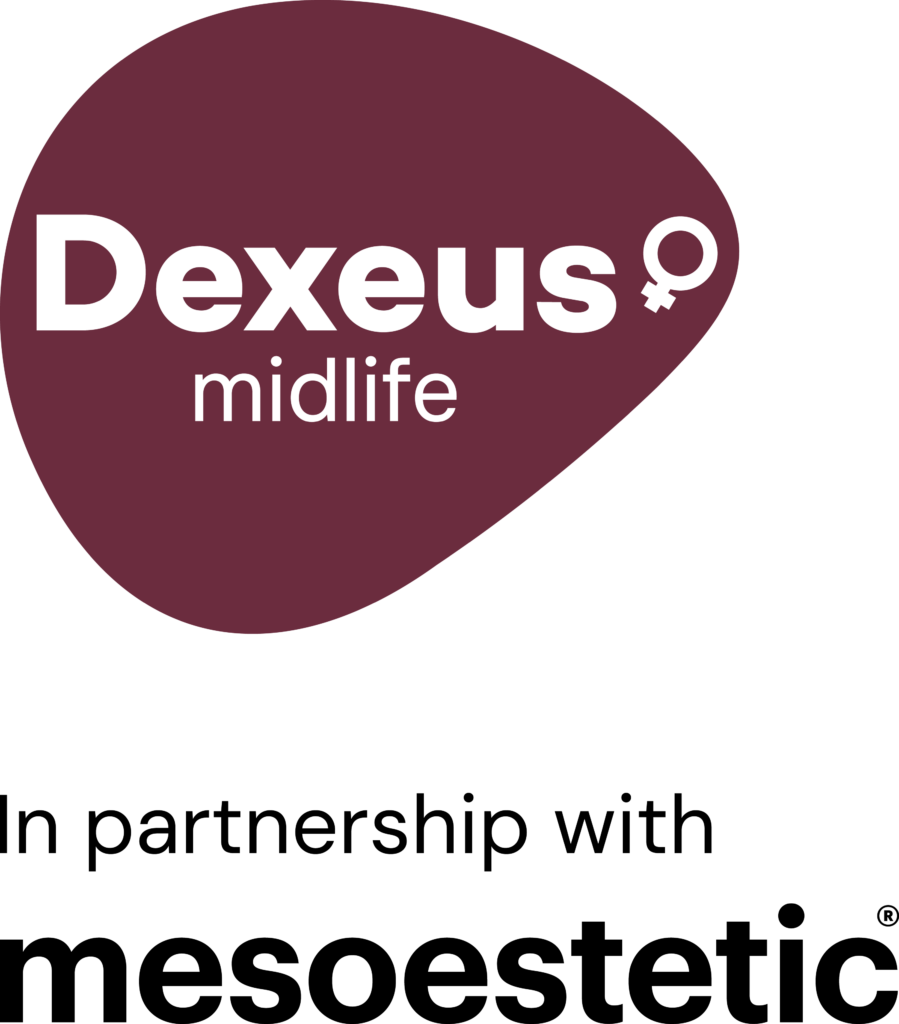Labiaplasty is a minor genital surgery procedure. It is a fairly common operation that can be requested for a variety of reasons. The most common are discomfort, rubbing or pain during physical activity or sexual intercourse. It can also be performed for cosmetic reasons to improve the appearance of the labia or to remedy asymmetries.
What it is
Co2, Nd:YAG and Er:YAG lasers are used for this procedure. Laser surgery can penetrate tissues and is used in procedures calling for precision and control. The laser emits a high-intensity light that allows for accurate cutting with the advantage of coagulating blood vessels as it cuts which reduces bleeding and makes for a quicker recovery. As a less invasive technology, it means less pain, narrower scars and faster recovery compared to conventional surgery.
It is a minimally invasive procedure with fewer complications which enables rapid healing.
- Outpatient procedure
Laser labiaplasty is generally outpatient surgery performed under local anaesthetic.
- Duration
The procedure can take between 1 and 2 hours depending on how complex it is.
- Recovery
After the operation, the patient has to stay for a while for follow-up care in a clinical setting. However, she can return home the same day. Pain and swelling can be treated with painkillers and anti-inflammatory drugs.
- Post-surgical care
It is recommended to avoid strenuous physical activity and heavy lifting for at least 3-4 weeks. Careful hygiene and keeping the area dry are important. Refrain from sexual intercourse and immersion baths for 4-6 weeks.
Who is the treatment intended for?
- Physical discomfort. Women who experience discomfort when doing physical exercise or sport or wearing tight clothing.
- Sexual dysfunction. The size or shape of the labia minora can cause pain or discomfort during sexual intercourse.
- Cosmetic improvement. To enhance the appearance of the genitalia, either because of discomfort with shape or size or because of visible asymmetries between the labia.
- Recurrent infections. In some cases, overly large labia minora may lead to infections.
- Shape mismatches. Some women may have enlarged labia minora following vaginal delivery or injury, and this may cause physical discomfort and/or concern on cosmetic grounds.
Labiaplasty is contraindicated in cases such as active infections or diseases, pregnancy or breastfeeding, unrealistic expectations, blood clotting problems and severe psychological disorders.
Expected outcome
- The results are permanent with barely noticeable scars. Over 95% of patients say they are satisfied.
Side effects
- The labiaplasty procedure may involve risks and side effects, such as swelling, bruising, discomfort, or changes in sensation. It is essential to consult with a specialist doctor to assess your suitability, understand the possible outcomes and receive guidance on the recovery process.
FAQs
Do I have to fast before the labiaplasty procedure?
No, but a light diet is recommended. When a general anaesthetic is needed, you will have to fast for 8 hours.
Do I have to rest after the labiaplasty operation?
Yes. You do not need to lie down, but it is recommended you stay at home for the first three days on the sofa and do not exert yourself physically.
Should I come with someone else?
Yes. It is advisable to be with someone else for the first 12 hours and not drive either before or after the surgery.
From when can I do sport or have sexual relations after labiaplasty?
It’s best to wait for at least 4 to 6 weeks. However, this will depend on how the wound evolves.
How long does it usually take for the wound to heal?
The wound may open up or take some time to heal.
So it cannot be determined precisely. In these cases, additional treatments may be required to improve the outcomes.
Does this type of surgery pose any risks?
In principle it is minor outpatient surgery, but like any surgical procedure it may involve some risks due to the procedure itself and also the state of health of each patient. Smokers have a higher risk of delayed healing.
Is it better to have the procedure done at a specific time of the month?
It is usually performed after menstruation to allow the tissue to heal better.
Discover the experiences of our patients
I recommend it 100%
“Lorem ipsum dolor sit amet, consectetur adipiscing elit. Curabitur consectetur euismod tellus, vel pretium nulla. Vestibulum lobortis venenatis erat vel rhoncus. Phasellus volutpat tortor vitae nisl pharetra tristique. Sed ac nisi congue, posuere felis tincidunt, consequat risus. “
Carmen Rodríguez, Barcelona
Related treatments
Functional recovery laser treatment
Functional recovery laser treatment
Laser treatment induces a regenerative response at the cellular level that favours the synthesis of collagen and vascularisation of tissues,...
Read moreFunctional Magnetic Stimulation Chair
Functional Magnetic Stimulation Chair
Functional magnetic stimulation is a technique that uses electromagnetic fields of different intensity to tone the pelvic floor muscles....
Read moreVulvovaginal hydration
Vulvovaginal hydration
Treating the genital area with hyaluronic acid is one of the techniques we can use to hydrate the vulvovaginal area...
Read moreBio-regeneration with platelet-rich plasma (PRP)
Bio-regeneration with platelet-rich plasma (PRP)
Platelets are cell fragments present in blood plasma that naturally activate tissues' regenerative capacities. Therefore, they are used for therapeutic...
Read moreCarboxytherapy
Carboxytherapy
It consists of the infiltration of carbonic anhydrase (CO2) in tissues to promote an increase in blood circulation and to...
Read moreFat grafting
Fat grafting
It is applied in the urogenital area to stimulate tissue regeneration. It improves hydration, tone and lubrication of the vulvovaginal...
Read moreRegenerative mesotherapy
Regenerative mesotherapy
It is a medical technique that allows you to take vitamins and active substances through dermis microinjections into the skin...
Read moreIntimate depigmentation
Intimate depigmentation
Darkening of the skin in the intimate area in women is associated with ageing. There are minimally invasive solutions that...
Read morePelvic floor physiotherapy
Pelvic floor physiotherapy
Hormonal changes and posture have an impact on the pelvic floor muscles. Often it is not seen or noticed until...
Read moreRadiofrequency
Radiofrequency
Radiofrequency is a cell activation therapy that stimulates the formation of collagen and elastin and increases blood flow, which makes...
Read more
